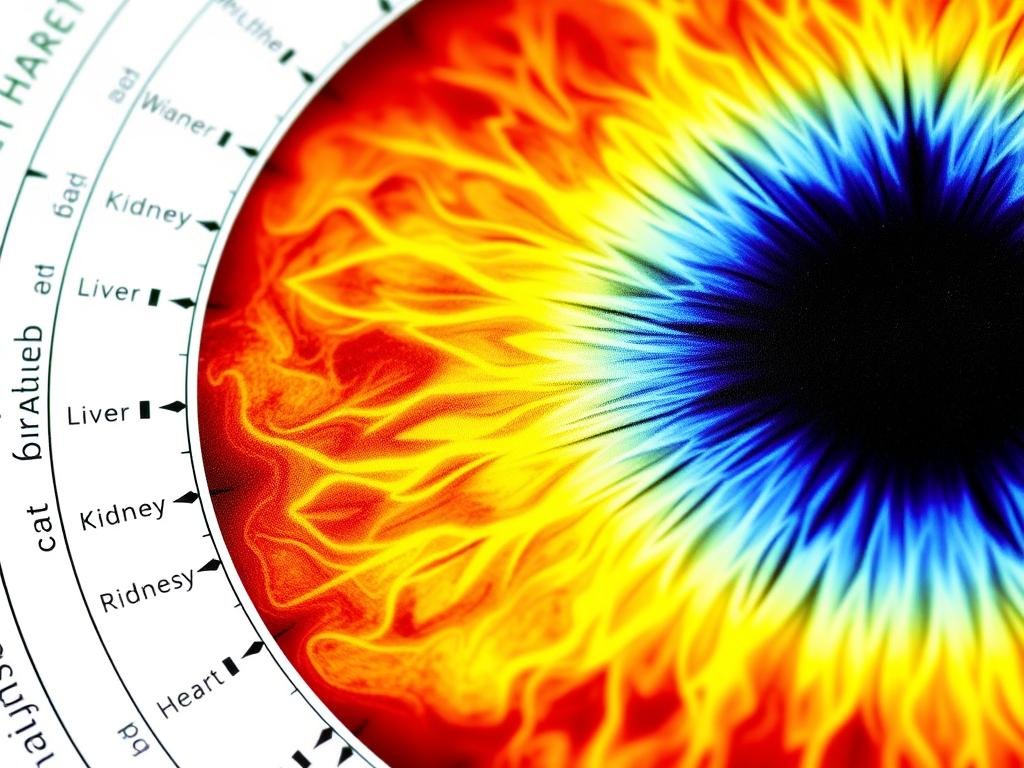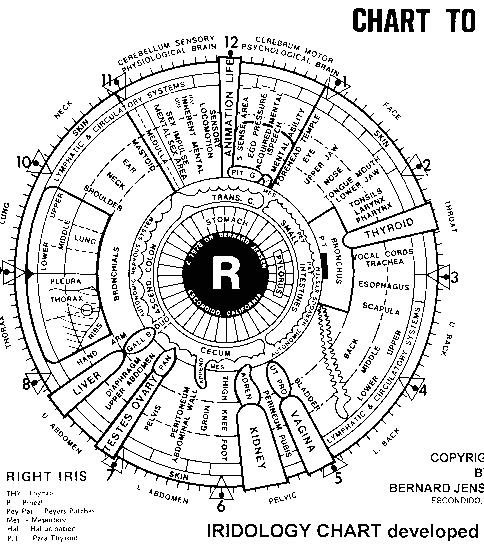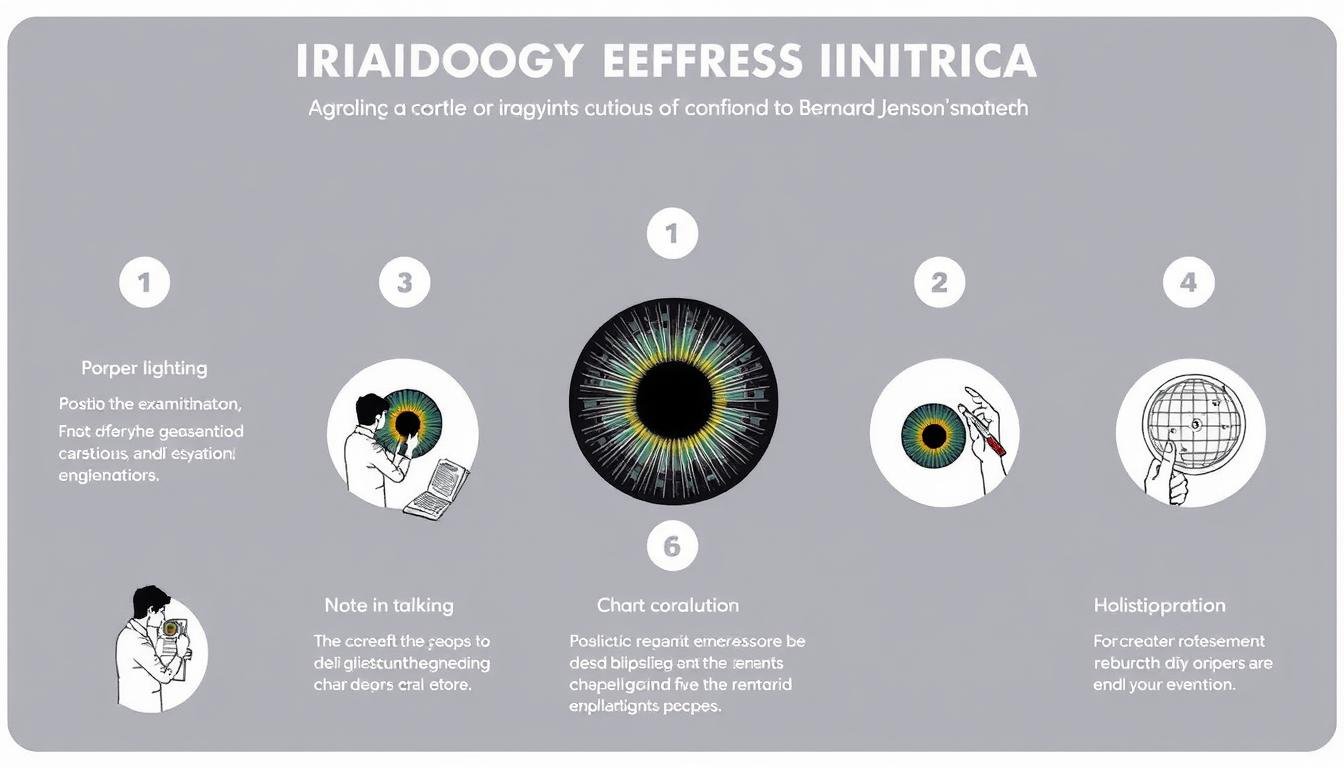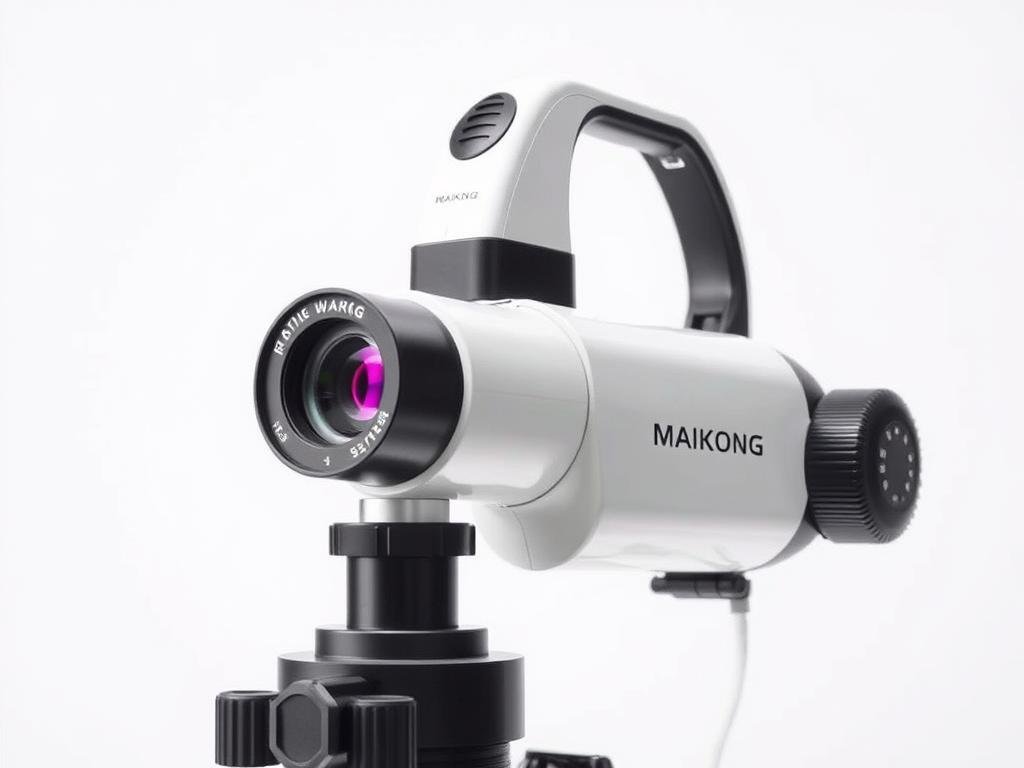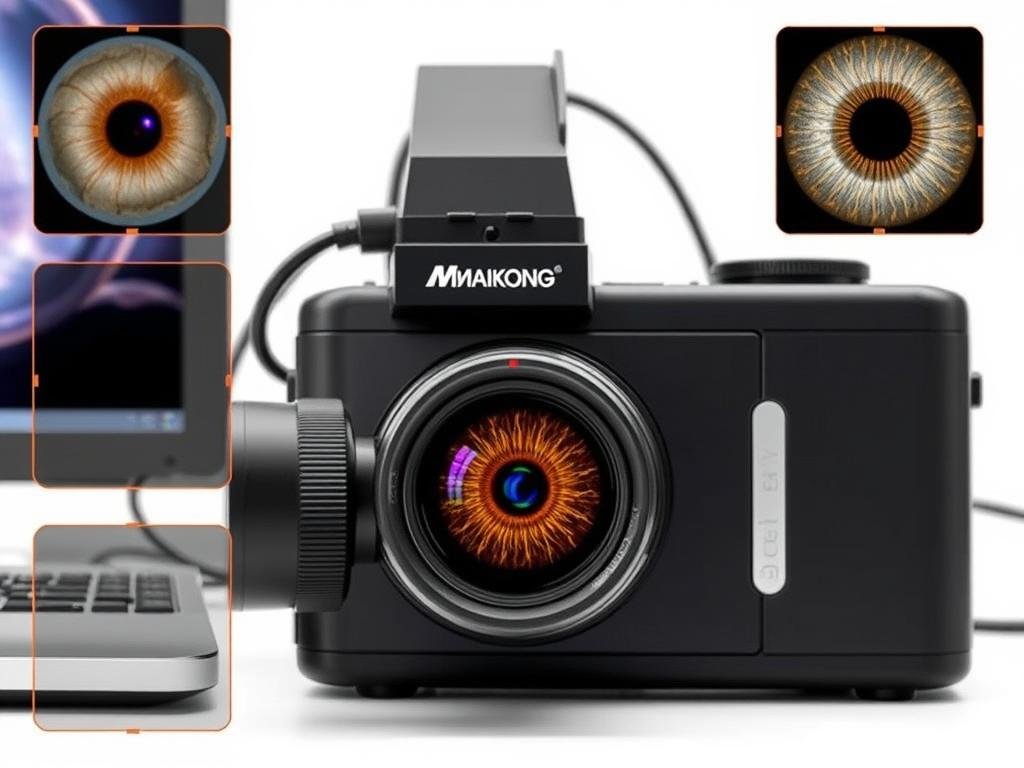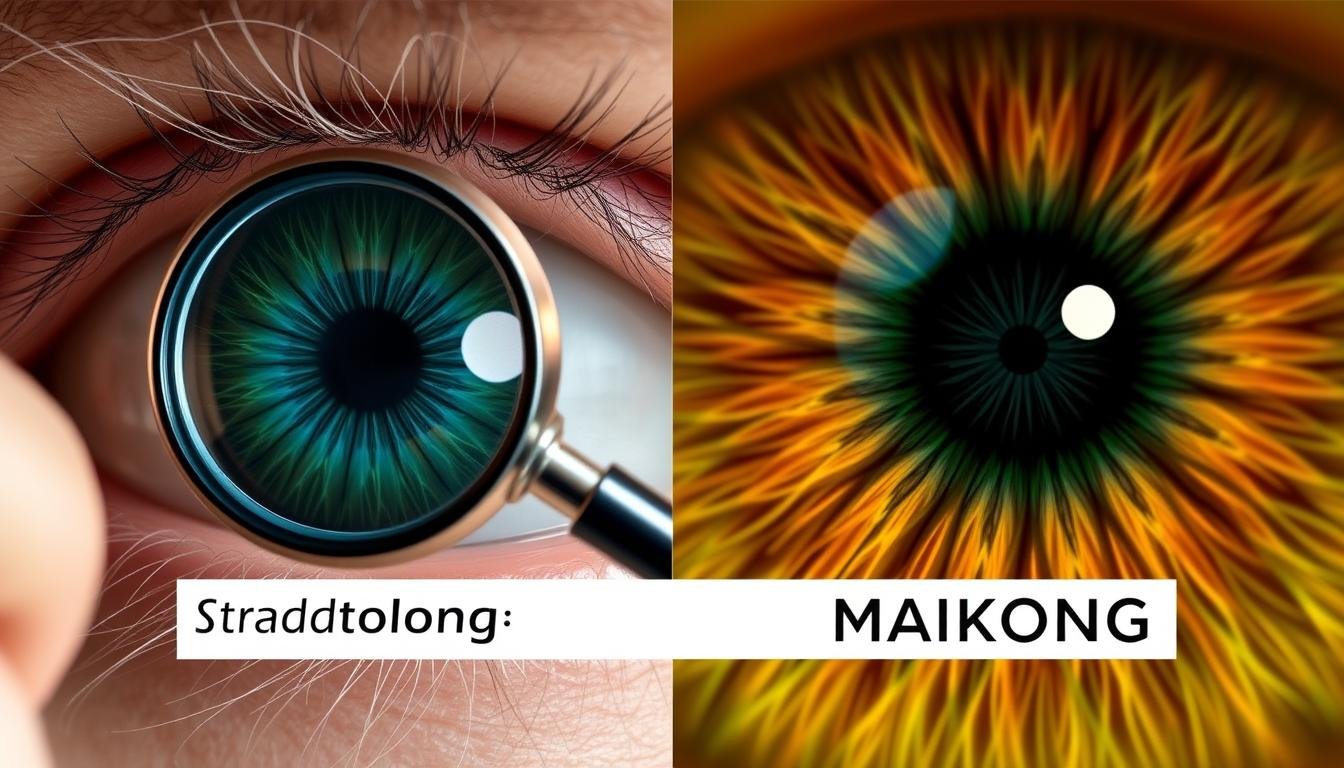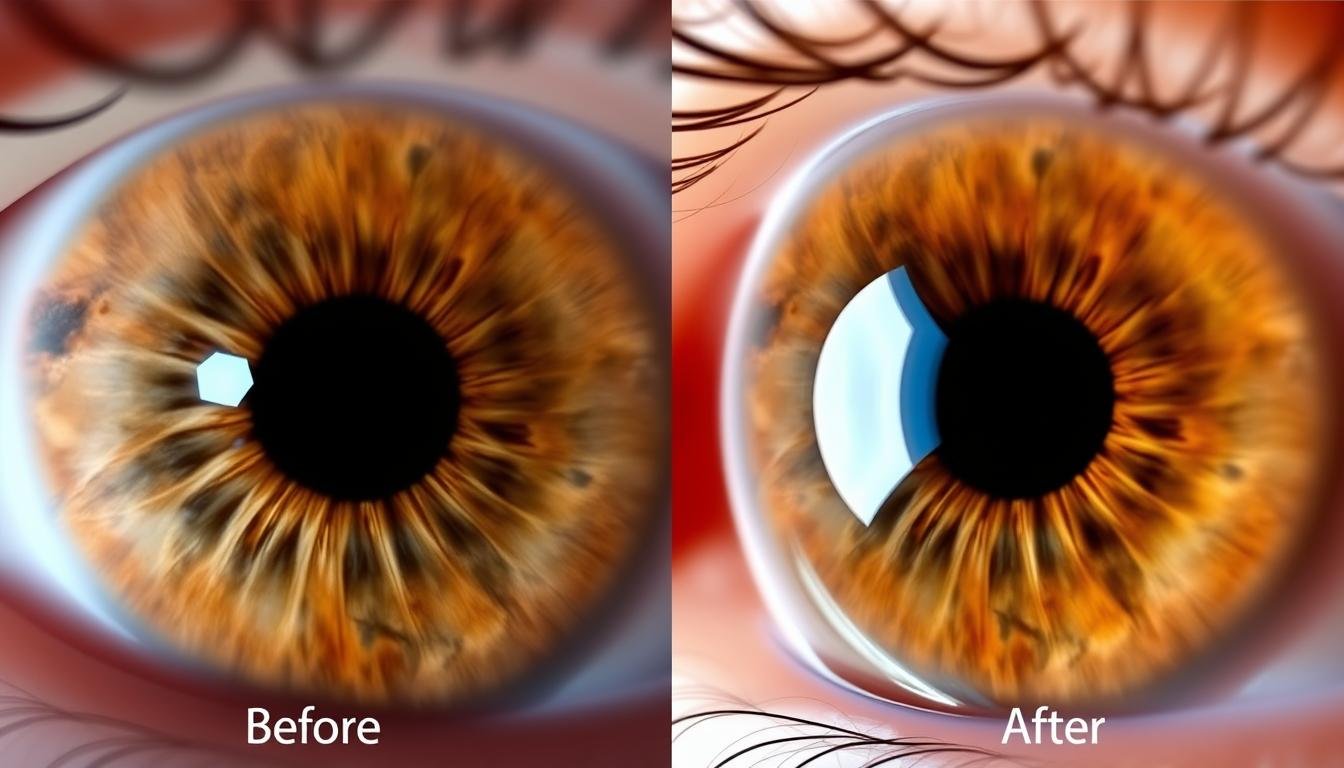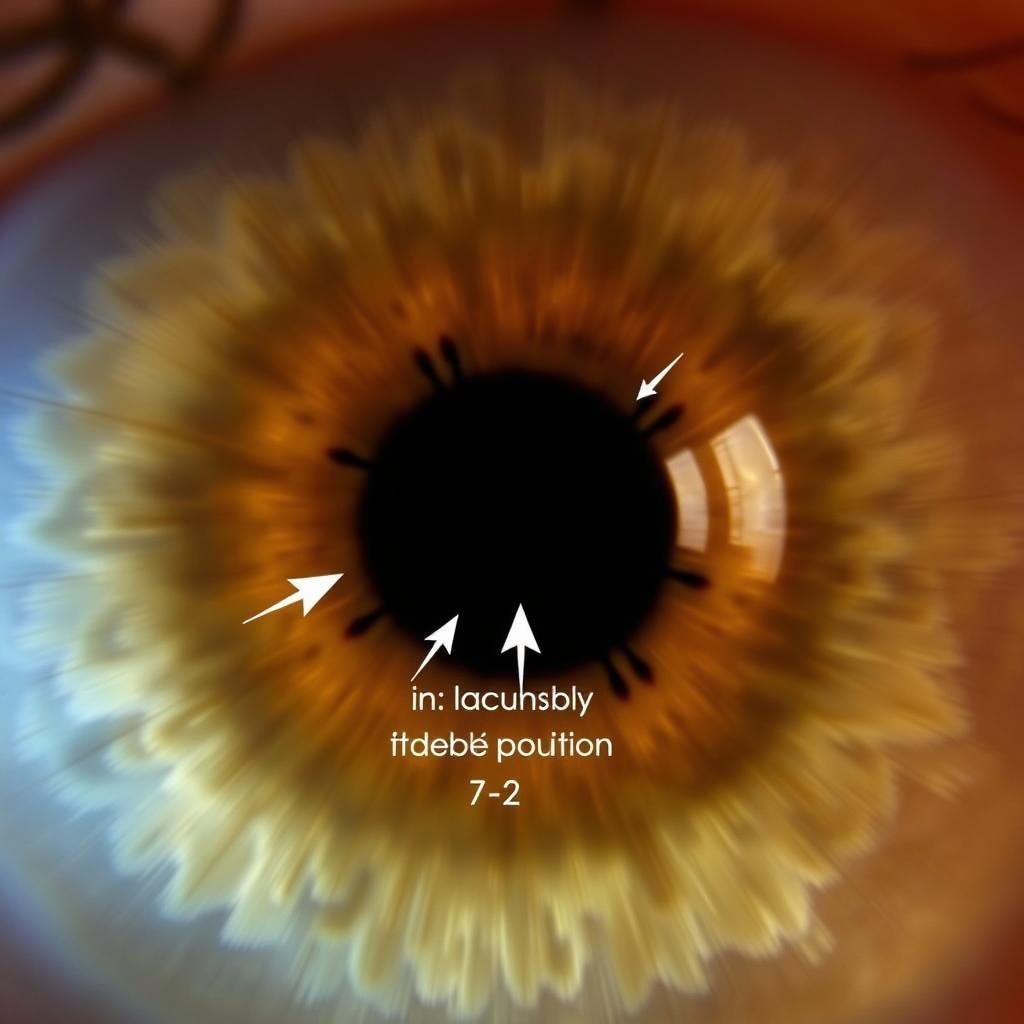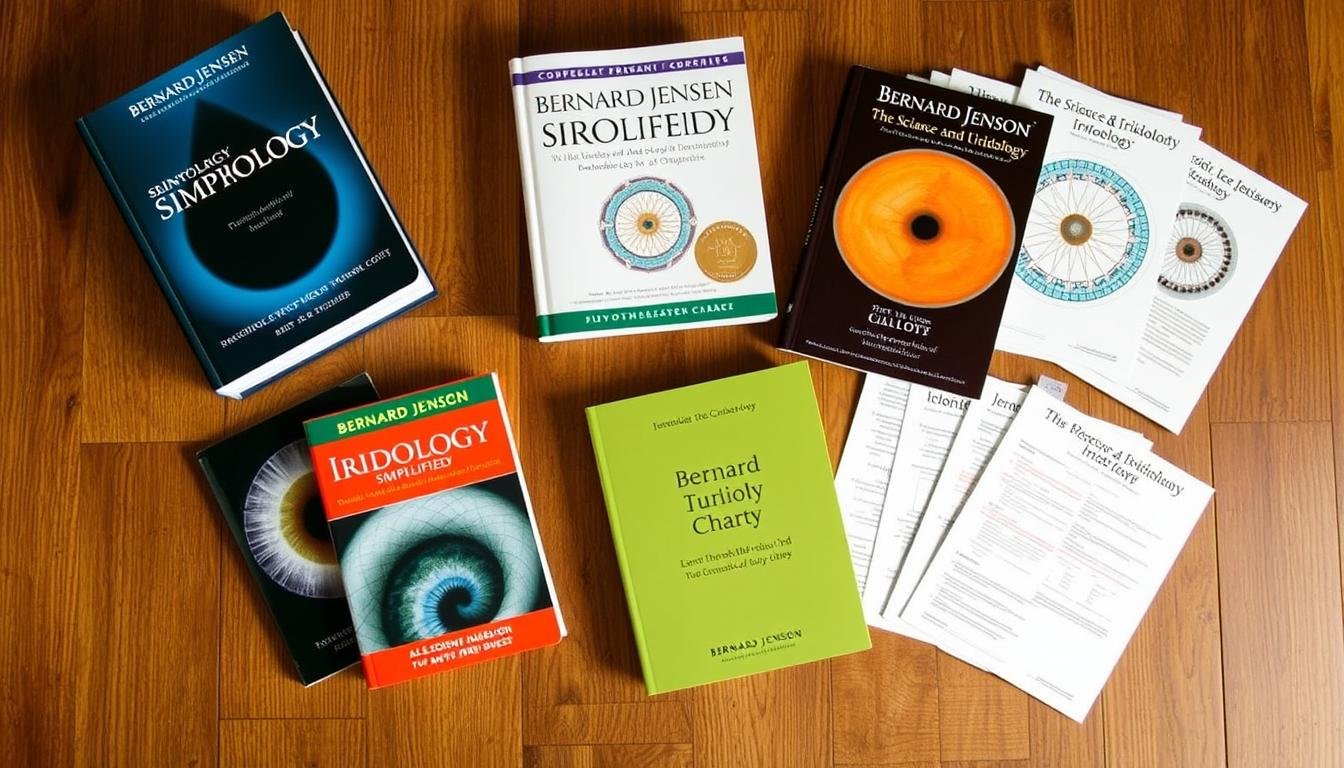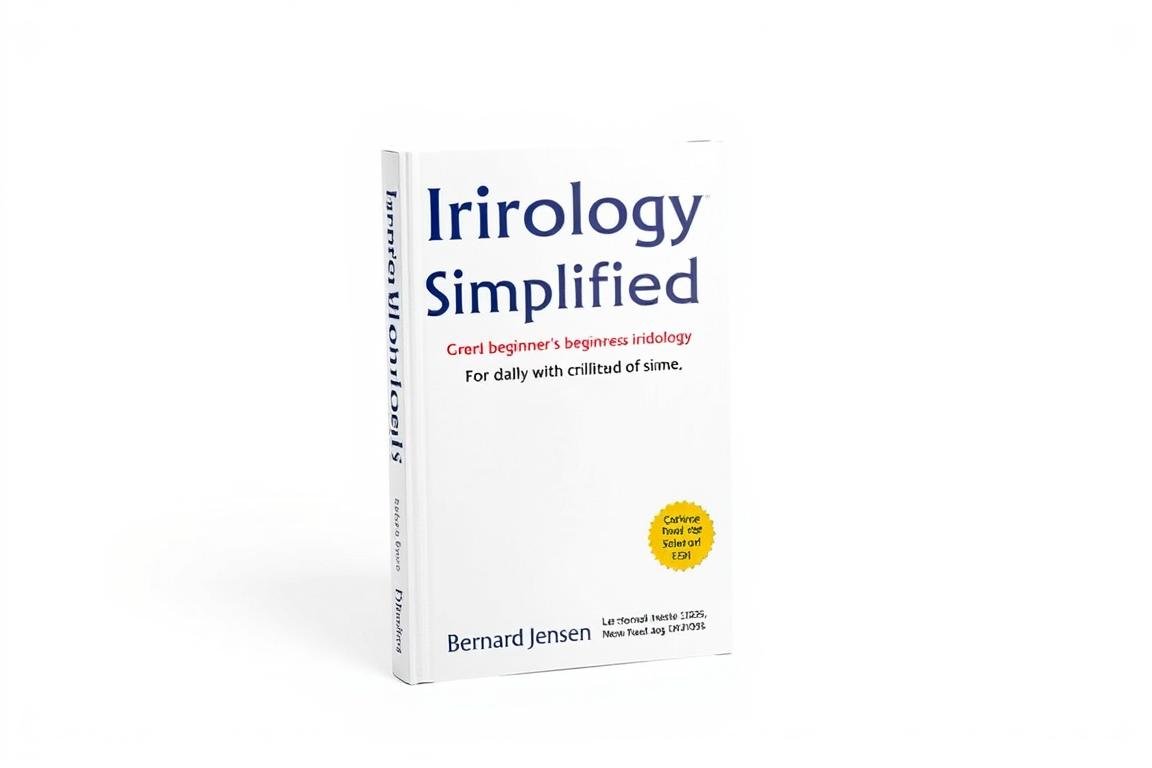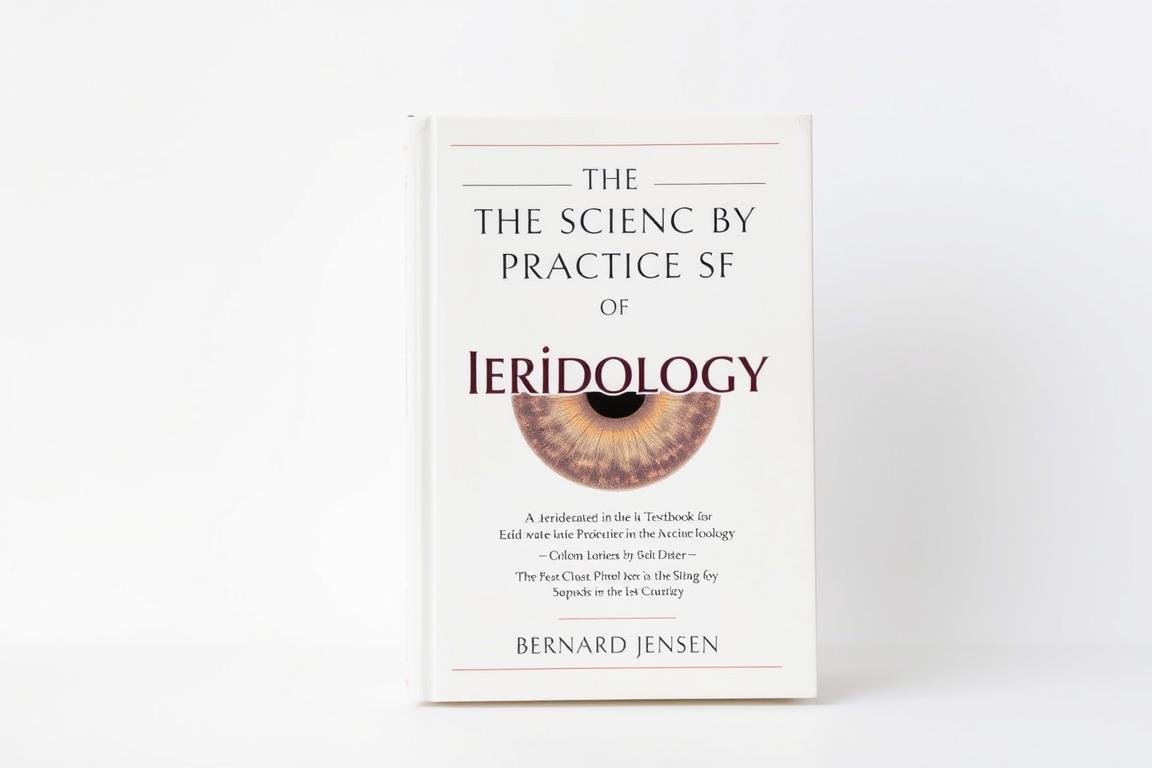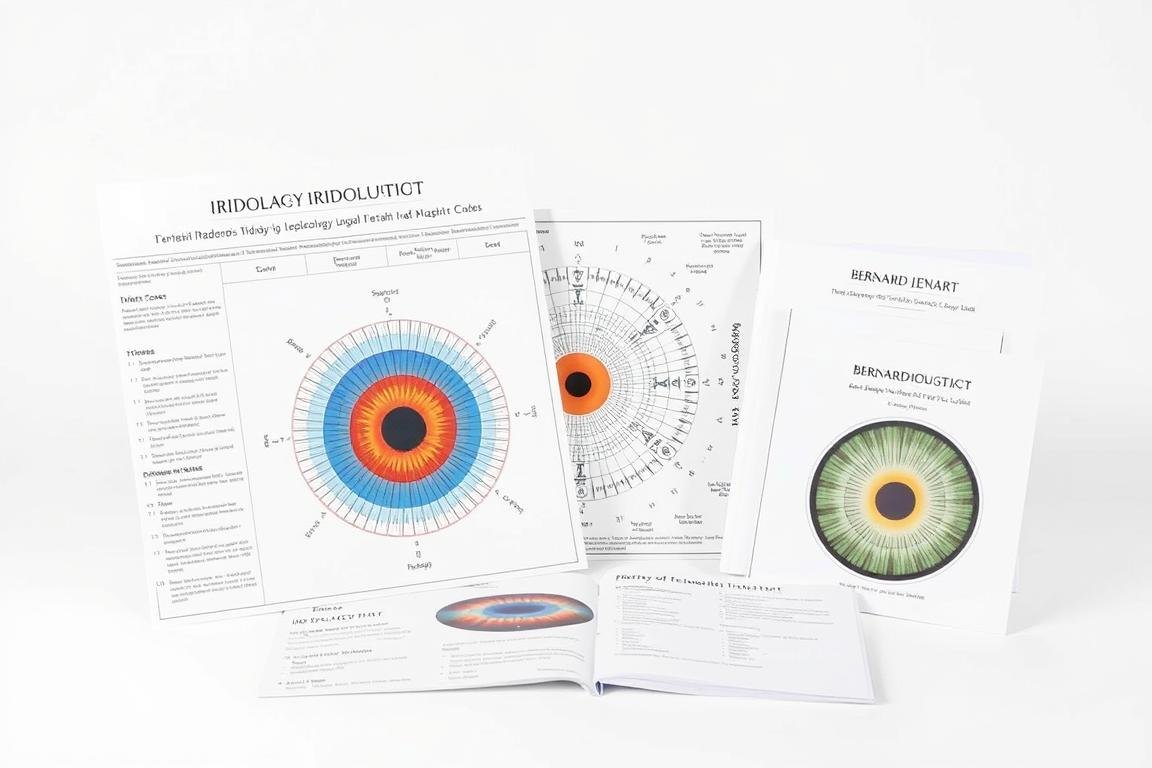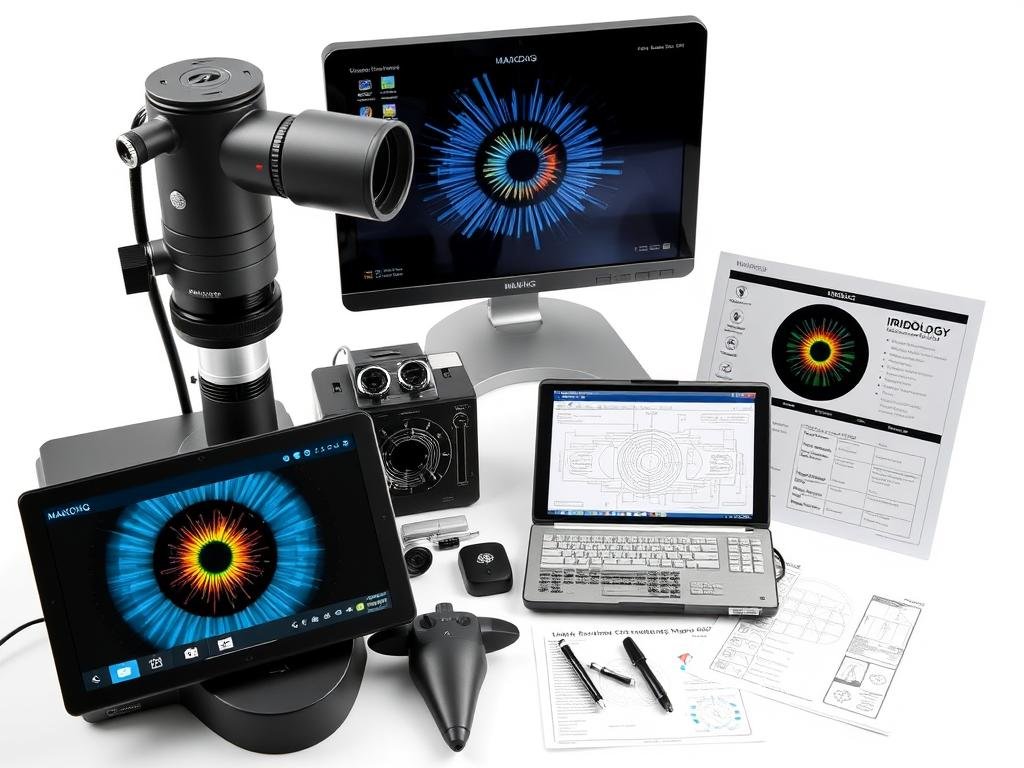| 12 en punto |
Cerebro izquierdo (psicológico) |
Salud mental, estado emocional. |
Estrés, ansiedad, depresión, agotamiento mental. |
| 1-2 en punto |
Cara/cuello izquierdo |
Salud de la piel, tensión en los músculos del cuello. |
Migrañas, dolor de cuello, trastornos de la ATM, problemas sinusales |
| 2-3 en punto |
garganta izquierda |
Función respiratoria y de garganta. |
Dolor de garganta, ronquera, infecciones respiratorias. |
| 3-4 en punto |
espalda superior izquierda |
Salud de la columna, parte superior de la espalda y músculos de los hombros. |
Tensión en la parte superior de la espalda, dolor en el hombro, mala postura. |
| 4-5 en punto |
estómago izquierdo |
Función digestiva, producción de ácido. |
Úlceras de estómago, indigestión, acidez estomacal baja. |
| 5-6 en punto |
Región pélvica izquierda |
Órganos reproductivos, sistema urinario. |
Problemas menstruales, infecciones del tracto urinario, dolor pélvico. |
| 6-7 en punto |
Espalda/piernas izquierdas |
Salud musculoesquelética, circulación de piernas. |
Ciática, problemas de cadera, dolor lumbar, calambres en las piernas. |
| 7-8 en punto |
Riñón izquierdo |
Función renal y urinaria. |
Cálculos renales, problemas de vejiga, retención de líquidos. |
| 8-9 en punto |
Pulmones izquierdo |
Salud respiratoria, capacidad pulmonar. |
Asma, bronquitis crónica, dificultad para respirar. |
| 9-10 en punto |
corazón izquierdo |
Sistema cardiovascular, bienestar emocional |
Enfermedad cardíaca, dolor de pecho, problemas circulatorios. |
| 10-11 en punto |
Órganos digestivos izquierdos |
Salud del sistema digestivo |
Estreñimiento, hinchazón, mala digestión, función hepática. |
| 11-12 en punto |
Páncreas/bazo izquierdo |
Regulación del azúcar en sangre, salud inmune. |
Diabetes, hipoglucemia, problemas digestivos, problemas autoinmunes. |


















